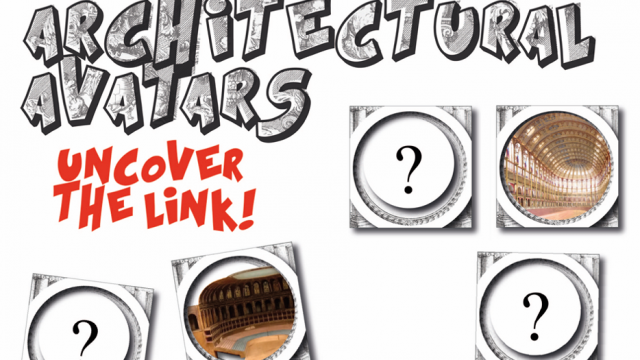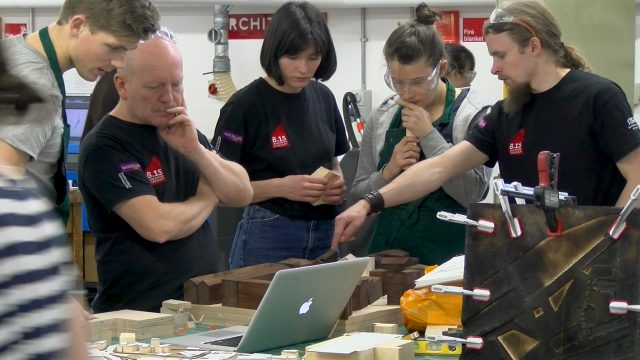The Royal Institute of British Architects currently have a collection of 360 architectural models, the oldest dating from c.1690 to the newest acquisition created in 2015. An architectural model can be classed as a simplified three-dimensional mock-up of an architectural drawing.
There are two main categories of architectural model: the working model, a tool of the design process often made from cheap, pliable and ephemeral materials and the presentation model, a 3D representation close to the final design and generally produced as a showpiece for the client. Presentation model materials are likely to represent more closely the materials of the proposed building, as seen in the models for both the Sir Basil Spence: British Embassy Rome, 1966 and the James Bunning: Coal Exchange, Lower Thames Street, 1847.
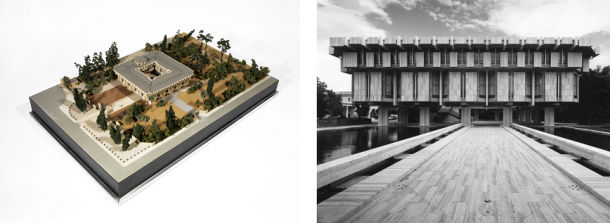
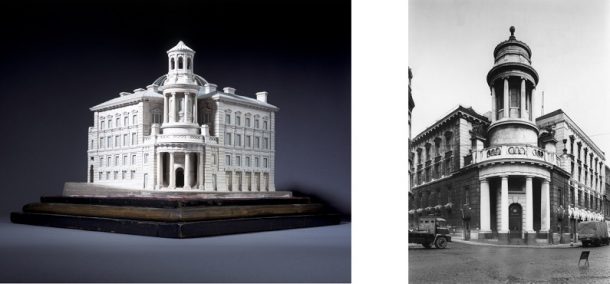
Generally, architectural models seldom have a long lifespan due to their primary use as a design tool by the architect and their fragility. They can utilise low-quality materials, often assembled quickly, making them vulnerable to damage. Commonly the working models either do not survive or, if they do, they are often in poor condition. The architectural presentation model tends to be more robust than a working model and the likelihood of their longevity is increased by superior quality materials.
For the conservator, architectural models pose many complex issues due to their composite material make-up which can degrade at differing rates, as seen in Carl Franck: Exhibition Stand 1 for John Thompson Beacon Windows, 1948 where the material used for the windows has reacted against the card causing warping and buckling and resulting in distortions.

In the model by Ernő Goldfinger: Auditorium of Odeon Cinema, Elephant & Castle c.1963 the original sight lines and projections were made from rubber bands. In time and with exposure to UV, oxidation and temperature fluctuations, and without regular usage, the rubber loses flexibility and eventually breaks, deteriorating to dust. As the model is on display the best action was to record and plot the sightlines and replace the rubber with cotton as this material would not deteriorate at the same rate as rubber.
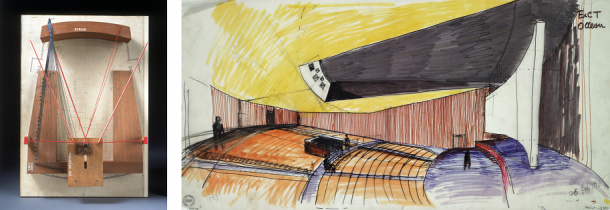
The process of conserving an object which has used diverse materials can often necessitate a collaboration of conservators with varying specialisms and skills. Many models will require knowledge from experts outside conservation; this can occur when a model has moveable parts or sections, or incorporates electrical and mechanical elements which could lead to physical or chemical changes.
The deterioration problems faced by the conservator can be increased by the following complications; the use of lower grade materials and adhesives, fluctuating temperatures and humidity within storage or display conditions, display methods, transportation, poor handling often due to weight or size and inadequate packing. Common damage that can occur to an architectural model collection can include the following; breaks, adhesive failure, distortions, cracking, pest activity and structural collapse.
Looking at models from a conservator’s perspective can lead to recommendations for their storage. Creating containers for a model collection will improve its protection from dust, potential insect attacks and will aid in buffering environmental fluctuations. If it is too expensive or heavy to crate for storage, boxing can be a good alternative. One method explored by the RIBA is using corrugated plastic or corriboard as it is lightweight, waterproof, impact resistant, chemically inert and easy to cut and bend. In addition, cutting a window and inserting a polyester sheet ensures the model can be viewed prior to moving which highlights the model’s vulnerability, actively reducing the risk of handling damage. Architectural models should not be stacked unless fully enclosed in a stable and suitably strong crate. During any movement the model should always remain in the correct orientation and should not be tipped during transportation.
All the variable factors make the architectural model an interesting challenge for the conservator!
